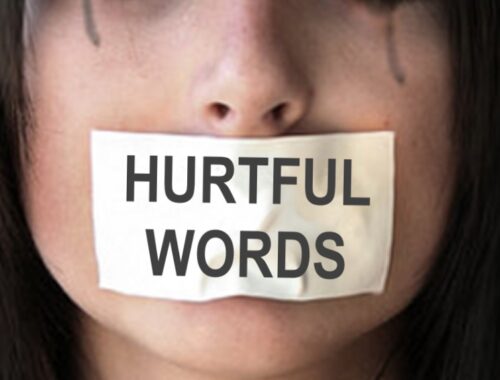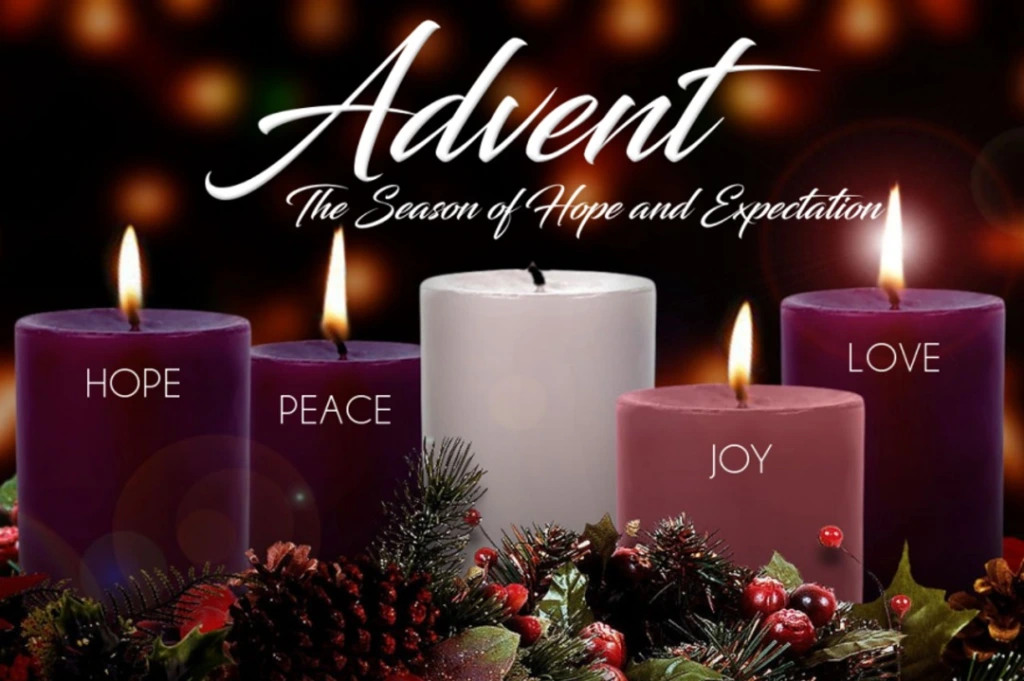
What Does Advent Mean and Why Do We Celebrate?
When I was growing up, my Church did not observe the season of Advent in a formal way. It is not in the scriptures but neither is Christmas as we celebrate today. The tradition of focusing on a season of prayer, scripture readings and lighting candles throughout the month of December goes back to the 4th century. The word “Advent” means “arrival” or “coming” and symbolizes the waiting for Christ’s birth but also His final return as was prophesied.
Isaiah 9:6–7 (ESV)
For to us a child is born, to us a son is given; and the government shall be upon his shoulder, and his name shall be called Wonderful Counselor, Mighty God, Everlasting Father, Prince of Peace.
Of the increase of his government and of peace there will be no end, on the throne of David and over his kingdom, to establish it and to uphold it with justice and with righteousness from this time forth and forevermore. The zeal of the LORD of hosts will do this.
There are many different traditions around the world but the wreath as we commonly use today first appeared in Germany in 1839. A Lutheran minister working at a mission fashioned a wheel with twenty small red candles and four large white ones to teach the children the importance of waiting for Christmas. One red candle was lit each morning and a large white candle on Sunday. Today our wreath usually involves four candes around an evergreen wreath and many add a fifth candle in the middle which is lit on Christmas day.
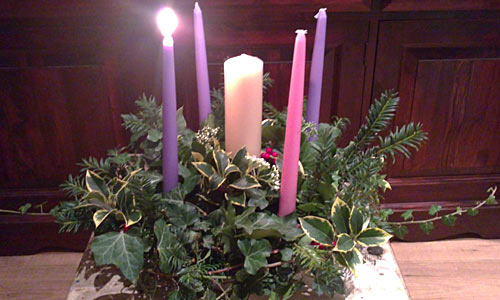
- The first candle symbolizes hope and is called the “Prophet’s Candle.” The prophets of the Old Testament, especially Isaiah, waited in hope for the Messiah’s arrival. The purple color symbolizes royalty, repentance, and fasting.
- The second candle represents faith and is called “Bethlehem’s Candle.” Micah had foretold that the Messiah would be born in Bethlehem, which is also the birthplace of King David. The second candle is also purple to symbolism preparation for the coming king.
- The third candle symbolizes joy and is called the “Shepherd’s Candle.” To the shepherd’s great joy, the angels announced that Jesus came for humble, unimportant people like them, too. In liturgy, the color rose signifies joy. This candle is colored pink to represent joyfulness and rejoicing.
- The fourth candle represents peace and is called the “Angel’s Candle.” The angels announced that Jesus came to bring peace–He came to bring people close to God and to each other again. This color is also purple to represent the culmination of love through the Messiah.
- The (optional) fifth candle represents light and purity and is called “Christ’s candle.” It is placed in the middle and is lit on Christmas Day. This candle is white to represent pure light and victory. Copied from Crosswalk.com
The green wreath (and tree) symbolizes eternity, life and hope. A ring shape is used to remember Jesus is the King of kings and would one day wear a crown of thorns for us. In this darker season (in the northern hemisphere) the candles and lights represent Christs’ coming to bring light and love into a dark and cold world. We are to be like lights to show others the only way to peace of heart and mind.

Another popular tool to help children count the days until Chrismas is an Advent calendar which was first printed in 1908. There are many creative versions and I have seen some very elaborate heirloom quality wooden boxes with a small drawer for each day.
I believe we should focus our attention on the reason for the season to keep our hearts centered on what is important. It’s too easy to get wrapped up in all the commercial trappings and lost in busyness. There are many tools we can use to enhance our observance from devotionals to ideas on Pinterest. But first we must purposely choose to keep Christ in Christmas in our hearts and in your homes.
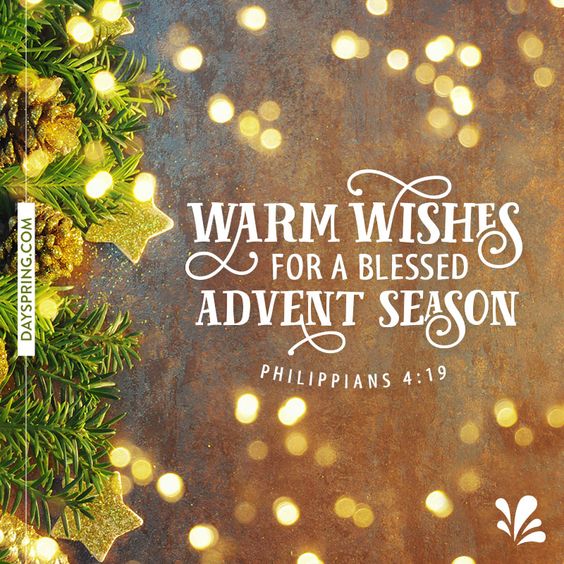
You May Also Like

Watching Grandma
May 12, 2023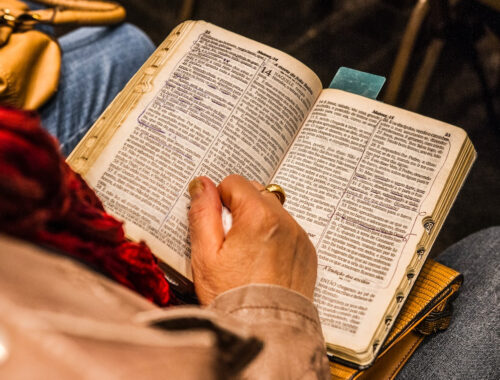
12 Encouraging Verses For The New Year
January 16, 2025